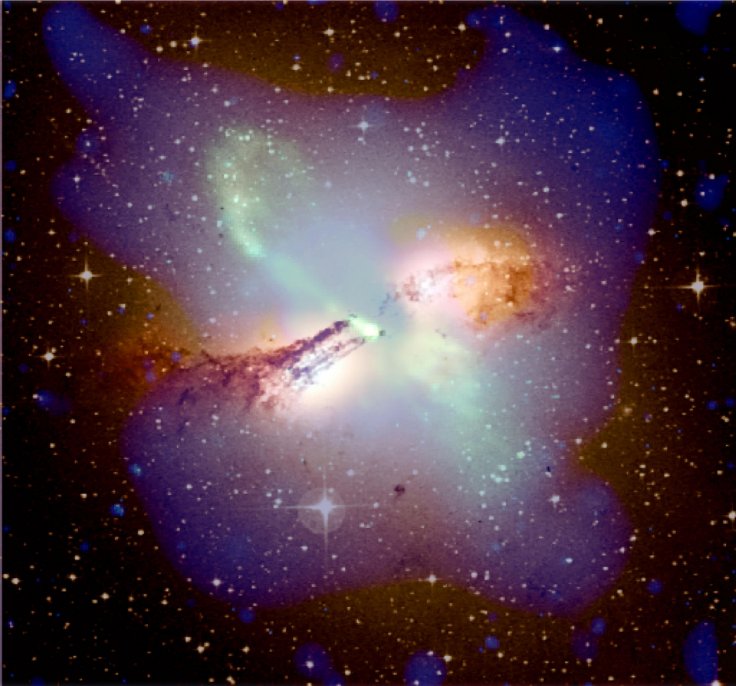
Astronomers got the chance to study the evolution of a black hole after a spacecraft detected the massive outburst of X-ray energy from a black hole swallowing star material.
On March 11, an enormous explosion of X-ray light was detected by an instrument on the International Space Station (ISS). Scientists discovered that the burst of X-ray emissions — which grew to be six times as bright as the Crab Nebula and was about 10,000 light-years away from Earth — came from a black hole that was in the middle of an outburst. This happens when a black hole devours a huge amount of gas and dust from a nearby star, causing it to release brilliant bursts of X-ray energy.
The black hole was given the designation MAXI J1820+070, named for the instrument that first detected it, according to Phys.org. Observing the entire sky for X-ray outbursts and flares is the Monitor of All-sky X-ray Image (MAXI) mission, which first detected the X-ray outburst from the black hole. This comprised a set of X-ray detectors installed in the Japanese Experiment Module of the ISS.
In a study published in the journal Nature, MIT astronomers revealed their observations and findings from this cosmic event. They apparently detected "echoes" within the explosion of X-ray light that helped them discover what happens to the black hole itself during an outburst.
Jack Steiner, a research scientist in MIT's Kavli Institute for Astrophysics and Space Research, and his team found that the black hole's corona — the halo of highly-energized electrons that surrounds a black hole — becomes smaller as it swallows massive amounts of material from a star. They observed that in just over a month, the corona of this particular blackhole shrunk from its initial size of around 100 kilometers to just 10 kilometers.
Their observations are the first evidence that the corona becomes smaller in size as a black hole consumes material. And according to Steiner, while there are still many aspects of the corona that remains unknown, they now believe that it is what drives the evolution of a black hole.
"This is the first time that we've seen this kind of evidence that it's the corona shrinking during this particular phase of outburst evolution," Steiner, who worked with MIT co-authors including Ronald Remillard and first author Erin Kara on the paper, said. "The corona is still pretty mysterious, and we still have a loose understanding of what it is. But we now have evidence that the thing that's evolving in the system is the structure of the corona itself."
This article was first published in IBTimes US. Permission required for reproduction.









